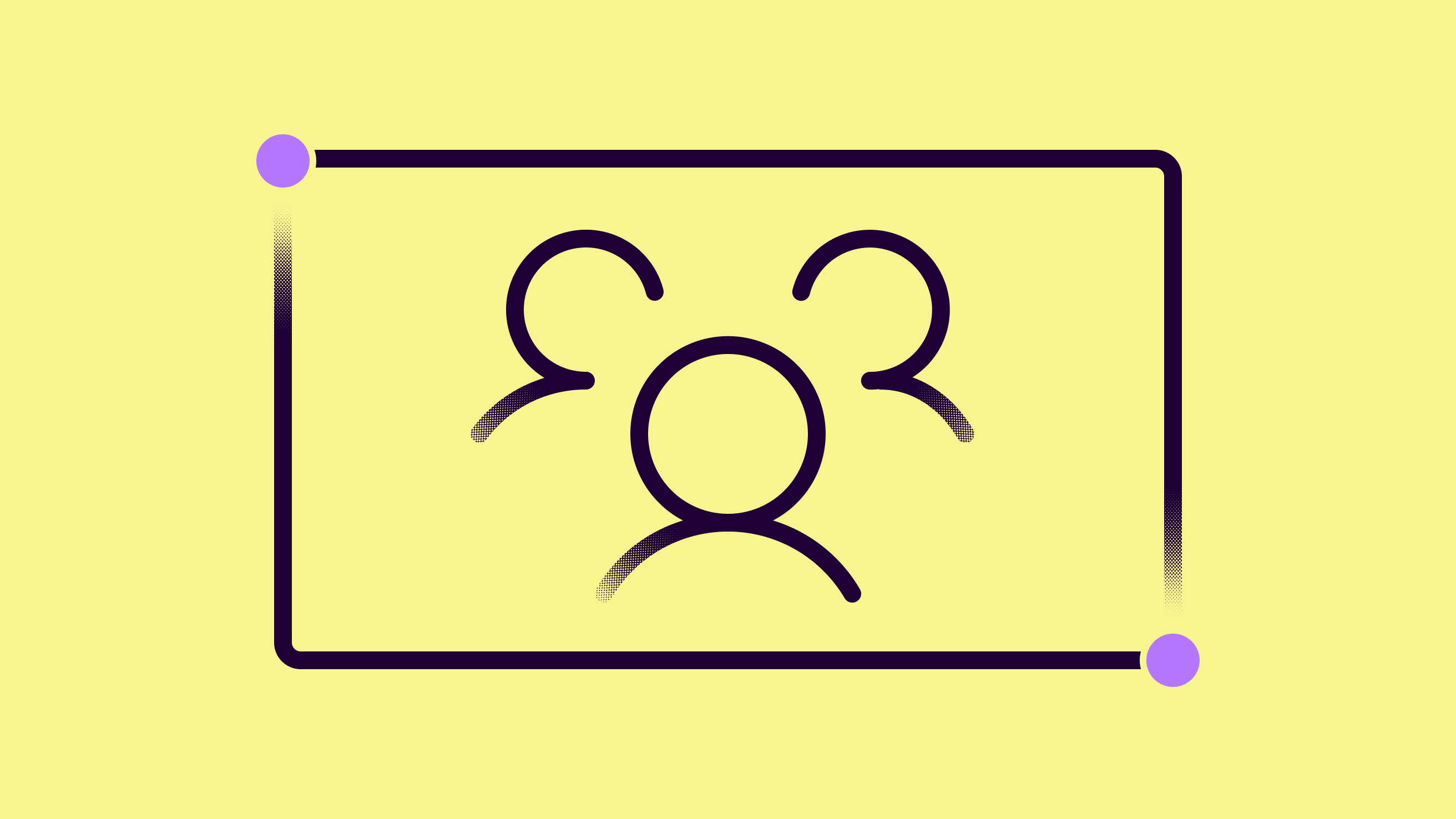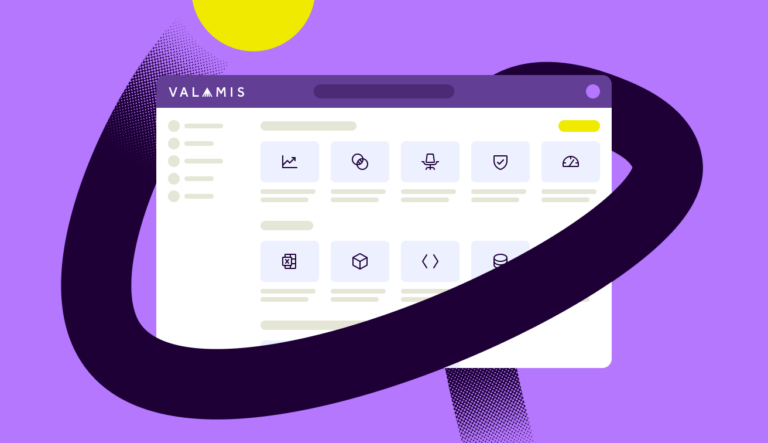Workforce planning
Learn what workforce planning is, its process, and its model. Discover five key steps in workforce planning and what it looks like in practice.

Taking the time to plan and make decisions as part of a broader strategy improves every aspect of your business, including your workforce. Despite the size or type of company, workforce planning is a valuable HR process that ensures you have the staff to execute your business strategy.
Learn what workforce planning is, how it helps with goals and produces positive outcomes, the benefits it can offer, five key steps in workforce planning, and what it looks like in practice.
Discover:
- What is workforce planning?
- Primary workforce planning criteria
- The goal of workforce planning
- How workforce planning affects HR processes
- The benefits of workforce planning
- The five core workforce planning steps
What is workforce planning?
Workforce planning is the process of analyzing existing employees and planning for future staffing requirements through talent gap assessment, developing employee management procedures, and setting recruitment strategies.
With effective workforce planning, your business is always staffed with the necessary talent, knowledge, and experience to produce positive business results.
Workforce planning requires developing an appropriate and cost-effective strategy for retaining, recruiting, and training your workforce while also continually assessing employee performance.
A survey by the American Productivity & Quality Center (APQC) shows 89% of 236 organizations integrated workforce planning into their business operations.
The plan for your workforce, what it will look like moving forward, and how to strategize for specific goals are unique to your business and depend on many factors. Typical components that affect workforce planning include:
- Talent availability
- Business growth
- Age of the existing workforce
- Current knowledge/skill gaps
- And much more
Strategic workforce planning
Strategic workforce planning is a proactive approach to managing staffing needs and aligns HR processes to business-wide goals. It guides future employee plans and decisions, ensuring they adhere to the company’s long-term vision.
Strategic workforce planning tends to take place at the senior leadership level and focuses on big picture goals such as:
- Structural organization
- Employee redeployment
- Succession planning
- Staffing budgets
- Maintaining capacity
- Reducing risk
Operational workforce planning
In contrast to strategic workforce planning, operational workforce planning focuses on the business’s immediate priorities. For example, which staff level can efficiently meet the current deadlines and objectives?

How to conduct a skills gap analysis and what to do next
Start building your foundation for strategic workforce development.
Download guidePrimary workforce planning criteria
Criteria to consider when planning for your company’s future workforce include:
- Employee numbers: getting the correct workforce size so the business is not overstaffed and inefficient but not too small to hinder growth and fail to match demand.
- Skillset: having the right mix of skills, capabilities, knowledge, and experience to perform effectively and achieve your goals.
- Budget: finding the optimal staffing expenditure to achieve a high return on investment from employees and maximize profits.
- Flexibility: developing your workforce to be agile and adapt quickly when changes in the market occur.
The goal of workforce planning
The primary goal of workforce planning is to create a strategy for your staffing needs that ensures you can meet strategic objectives both now and in the future.
To achieve this goal, workforce planning requires an in-depth understanding of your existing workforce, employee skills, experience, load capability, and potential talent gaps.
Through performance tracking and employee assessment, you can take a birds-eye view of your entire workforce and create actionable plans for the future.
Workforce planning allows companies to understand and design their workforce effectively and efficiently with long-term objectives in mind. It prevents problems from developing and allows management to spot issues early, creating plans to remedy them. Examples could include:
- Identifying understaffed departments and potential bottlenecks
- Staffing requirement to scale operations
- Excess employees for redeployment or termination
How workforce planning affects HR processes
Recruitment and employee development
Workforce planning provides the game plan for your company’s recruitment and employee development.
With a clear understanding of your existing workforce and your future goals, you can profile the skills, experience, and knowledge required to meet your needs and develop hiring and training processes to match.
Companies are constantly competing for the same high-end talent. With appropriate workforce planning in place, you can better identify future top employees for your business and develop talent acquisition strategies to attract them to your company.
Plus, workforce planning analysis can help companies formulate proper training and employee development to fill talent gaps while also finding individuals capable of excelling with the correct professional development in place.
Succession planning
This leads us to succession planning and ensuring you maintain successful leadership across your company.
By recognizing the leadership positions currently open or soon to be available, companies can begin assessing existing employees for promotion or targeting outside hires with the right mix of skill and experience.
Workforce planning together with succession planning creates a smooth transition for the critical roles in your company so you can provide an uninterrupted, seamless service or product for your customers.
Performance management
A significant outcome of workforce planning is managing the performance of your employees to increase productivity and efficiency.
With workforce planning, you can understand and develop strategies that get the most out of your employees to increase output and get a higher return on investment from your staffing expenditure.
The benefits of workforce planning
1. Preparing for the future
With workforce planning, you have a roadmap for your staffing requirements to prepare for the future.
This could mean increasing the number of employees to match growth forecasts or pivoting to a different business model and finding the staff you need to accomplish this.
2. Discovering workforce gaps
Understanding the gaps of your current workforce informs your future personnel strategy in terms of recruitment, redeployment, and training.
Read: Skills gap and skills gap analysis
3. Effective succession planning
By identifying and developing employees with the potential for future leadership roles, you can effectively plan for staff leaving with minimal disruption.
Succession planning can also have a positive effect on employee engagement:
- 62% of employees would be “significantly more engaged” if they had a succession plan at their company.
- 94% of employers said having succession plans in place positively impacted employee engagement.

Succession planning template
It can help you navigate crises and leadership transitions with ease.
Learn more4. Improved retention strategies
Effective workforce planning gives you a clear understanding of employee skills and where they can be the most successful in the business.
So rather than terminating employees, you can retain valuable staff through well-planned redeployment.
5. Flexibility
A clear workforce plan with recruitment and training structures in place can make your business more agile, with the ability to efficiently anticipate and react to change.
You can reduce your overall staffing costs by developing plans to:
- Increase your productivity and workforce ROI
- Retain talent and reduce costs associated with employee turnover
- Develop a flexible workforce that can meet customer demand in different circumstances
Labor costs can account for up 70% of total business costs. Workforce planning allows you to map talent to value and ensure you are getting the best results for the costs.
The 5 core workforce planning steps
Successfully implementing new workforce planning strategies is an extensive procedure. However, businesses can break down workforce planning into five core steps to simplify the process.
1. Deciding strategic direction and goals
Workforce planning is a top-down process requiring clear organizational direction and defined strategic goals to inform and guide future decisions.
- What direction do you see your business going in?
- What are you hoping to achieve through workforce planning?
- What are the primary goals/milestones you are targeting?
- Why does your business need new workforce planning structures?
These are vital questions to ask yourself before analyzing your workforce and implementing new employee management strategies.
It is also important to remember that every process in your business affects another. Therefore, your workforce planning must be an organization-wide endeavor and include effective communication between HR and other departments.
Your new workforce plan must be produced with a collaborative approach that generates a consensus amongst all invested parties. Without organizational buy-in and a rationale for new strategies, you cannot reap the benefits of workforce planning.
Consider this step setting the “soft” workforce planning framework that will define the overall strategy to assess future information rather than the plan’s specific details.
2. Analyze existing workforce
The next step is to properly assess your existing workforce.
Common strategies used in this step include:
- Demand planning – Determining the number of employees needed for each role required to reach your goal. Demand planning requires accurate business forecasts to determine your workforce’s future number, structure, and composition.
- Internal supply – Internal supply planning needs accurate talent evaluations, an understanding of the expected employee turnover rate (retirements, resignations, etc.), and the design of training and professional development programs.
- Gap analysis – Identifying the gaps in your workforce and making plans to close them through recruitment, redeployment, and training.
These strategies help to answer the following questions:
- Do you have the right-sized workforce?
- What skills, knowledge, and experience do your current employees have?
- Do your employees need additional training?
- What new resources can improve workforce performance?
- Is your workforce correctly structured? (This includes organizational design, departments, communication channels, etc.)
- What is your current employee turnover rate?
What you have now is the starting point for future workforce plans. You can begin developing workforce planning strategies when you know what you have (step 2) and where you want to be (step 1).
A common pitfall of workforce planning is ensuring it is based on high-quality information from within the organization and external sources. Workforce planning defined by inaccurate forecasts and undeliverable future goals cannot be successful.
3. Develop your plan
This is where companies must take their overall goal, input the assessment of their existing workforce and produce a concrete plan for the future.
Businesses must plan their workforce to reflect the value and revenue it produces. A simple example of workforce planning in action could be:
A company is manufacturing two models of cars. Model A is the business’ flagship car, selling the most and bringing in the most revenue. However, model B is showing significant growth, and the income from model A is beginning to stagnate.
The car company can produce a simple revenue table based on 2023 figures and 2024’s forecasts.
| Model A | Model B | |||
|---|---|---|---|---|
| Year | 2023 | 2024 | 2023 | 2024 |
| Revenue ($) | 50M | 48M | 21M | 38M |
| Growth | -4% | 81% | ||
| Total Staff | 200 | ? | 70 | ? |
The revenue per employee for model A is $250,000, and the revenue per employee for model B is $300,000.
Based on growth forecasts, you can estimate that staff working on model B will need to increase by 57 to match increased demand. This process assumes the forecasts are accurate and there are no sudden changes in sales or production. At the same time, model A will likely begin to have a surplus of staff in 2024 and need a reduction of 8 employees.
With workforce planning structures in place, you can develop plans to retrain and redeploy staff from Model A to Model B during 2023. This kind of planning minimizes disruption and reduces employee turnover.
Of course, this is just a plan based on forecasts and does not mean you should immediately move eight employees from model A to model B and hire 49 more. Instead, the business should put redeployment, hiring, and training plans in place to execute when key revenue indicators are met and take a gradual approach that matches the shift in focus of their business.
4. Implement workforce planning
Successfully implementing workforce planning requires:
- HR personnel to clearly understand their new roles and responsibilities.
- Strategies and processes for recording all relevant data and information.
- Effective communication channels between all invested parties to support the plan.
- Defined measurement and evaluation criteria to assess the plan’s success.
While the future HR plans for managing your workforce are specific to your business, they will involve some or all of the following:
- Recruitment
- Onboarding
- Training
- Retention
- Redeployment
- Outsourcing
- Succession planning
- Deploying new technology
With many new processes to implement, workforce planning does not transform your company overnight. Instead, it is a gradual endeavor that optimizes each procedure for the given circumstances to get your business closer to your long-term goals.
5. Monitor results
It is crucial to remember workforce planning is an iterative process whereby progress is monitored and measured against specific milestones and long-term goals.
Post-implementation, your workforce planning processes may need adjusting due to unexpected factors within your business or to meet new realities of your industry.

How to conduct a skills gap analysis and what to do next
Start building your foundation for strategic workforce development.
Download guide



